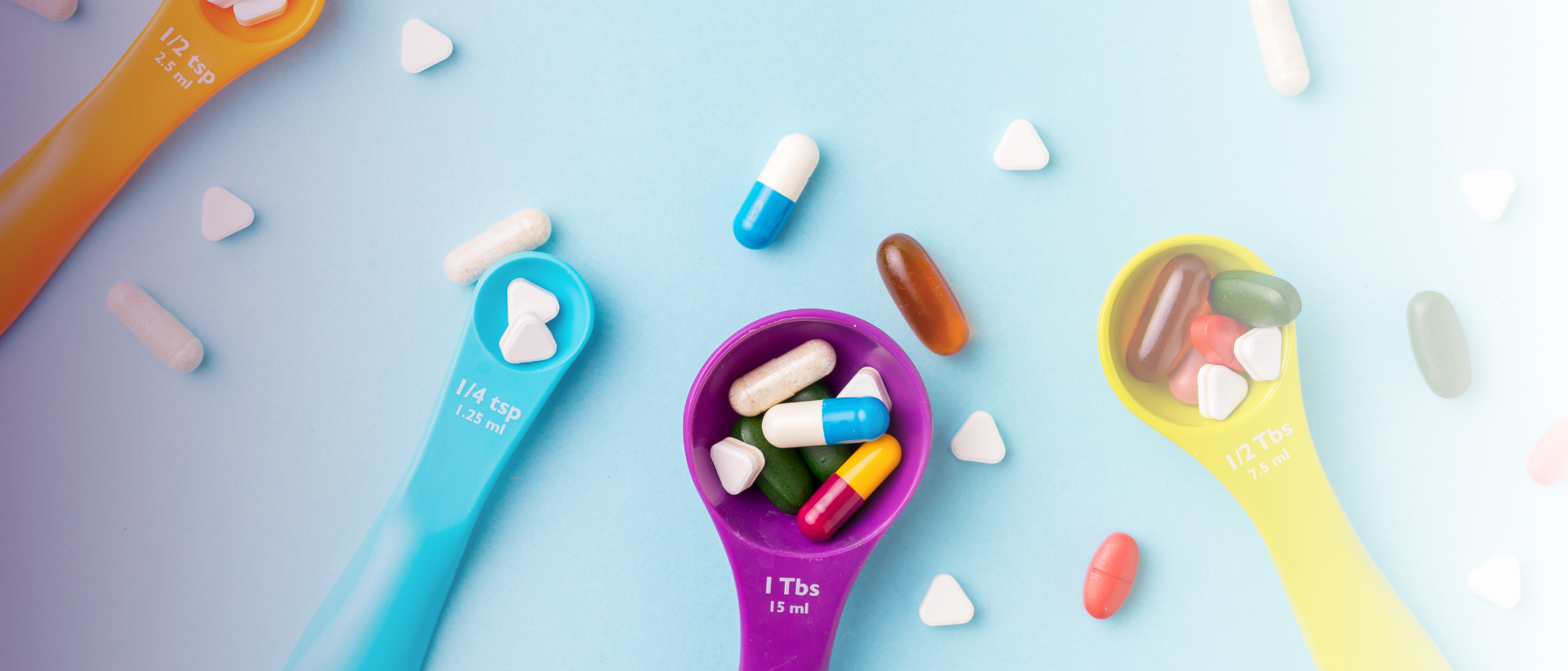For those in the healthcare industry, we know how difficult it is to get into the mobile analytics game. It’s one of those technologies that are often so underdeveloped that it’s considered ‘too hard to do.’
But, when we look at the mobile health space, we see a lot of opportunities for developers that are otherwise difficult to access in the typical healthcare environment. Smartphone technology is one of these areas that enables developers to build healthcare applications that can collect patient data in various ways, process it and analyze it, and then use this data to influence the care provided to a patient. Let’s talk about mobile healthcare.
What is Mobile Healthcare?
You probably think of a healthy lifestyle or well-being when you think of health. But what if your health is compromised in a way that can compromise your work or other activities? In situations like these, mobile health can help. Mobile health is the study of telehealth, which includes mobile health, telemedicine, telemonitoring, and telehealth applications.
As our lives become more connected, so too does our health. Telehealth is an ideal solution for acute and chronic conditions that can be difficult to manage in traditional healthcare systems. Telemedicine is the use of telecommunication to perform medical procedures. Mobile health technologies provide access to health information via mobile devices. This means that the doctors office could be visited without physically travelling to the location–virtual communication could be established for consulting medical professionals.
Truth be told, mobile technology has the potential to improve health outcomes in many ways. Devices can track our daily habits, offer reminders about medications, and even help us monitor our health and fitness. However, mobile health (mHealth) systems are often underutilized by their users like many other technologies. After all, many of us are hesitant to use medical apps, wear medical devices, or even put medical information on our phones.
The Challenges
Mobile healthcare is becoming an important trend in the world of medicine. The idea is simple, but the ramifications are vast and range from how people are able to receive medical care to the way medicines get to patients and how medical records are stored.
Perhaps the most difficult part of getting your mobile health (mHealth) system up and running is the patient-side integration. Assuming you’ve chosen a platform that meets your organization’s needs, the next step is to ensure that your system can communicate with the disparate platforms that comprise your patient’s life. In that regard, healthcare organizations can opt for an integrated software solution that provides facilities like emergency and dispatch tracking, consultation records, information exchange, patient care reports, and more. All the data can be accessed by a medical professional as well as by the patient themselves, with the help of a medicare mbi converter (i.e. Medicare Beneficiary Identification, converter).
How Did Mobile Healthcare Overcome It?
The rapid growth of the mobile health (mHealth) field over the years has ushered in a transformative era in healthcare. A multitude of health applications have emerged, empowering individuals to monitor and manage their health effectively. However, the journey towards seamless healthcare on mobile devices wasn’t without its challenges. Here, the pivotal role of Medical Directors comes into play. These dedicated professionals seem to have played a significant part in overcoming the hurdles and ensuring the success of mobile healthcare in various businesses.
As the mobile market expanded and healthcare services transitioned to mobile devices, Medical Directors, likely found with the help of Guardian MD and similar companies, were instrumental in bridging the gap between technology and healthcare. They provided essential guidance and expertise to ensure the delivery of high-quality medical services through mobile platforms. With their leadership, medical professionals and patients found innovative ways to leverage mobile devices for improving healthcare outcomes.
What’s new with the mobile healthcare industry?
Despite the rapid growth of smartphone users around the world, there is still not a single product available on the market that can help you diagnose and treat a heart attack or any other life-threatening medical condition. That is about to change, however, as a number of start-ups are coming up with innovative new ideas to build a medical device that can be used in the absence of an actual doctor.
Mobile healthcare solutions are emerging in the healthcare industry and are highly anticipated by the market. However, these solutions are not only limited to the health sector; they can also be incorporated by other sectors such as manufacturing, transportation, and education. In the field of mobile health, this is a challenging factor as many of the systems are not yet implemented, and the current solutions are not easy to use and execute. Further systems testing, analysis and research on the technology may be required to optimize their usability. Concept testing and development may also be required to make the mobile devices more efficient and effective in bringing out the best results. In addition to that, an evaluation of better marketing landscapes should be conducted so as to find the most suitable places to lay down these pieces of technology to be optimally used. This may be a little difficult to achieve, and external expertise and changes from entities like IDR Medical could be instrumental in revolutionizing the product. The introduction of a product would be followed by several tweaks, adjustments, and improvements. Similarly, mobile devices used in the medical industry would also be subject to similar changes..
The implementation of technology has made several processes and treatments more effective, bringing out higher success rates, and improving the mortality rates of a country’s populace. Therefore, the modern healthcare system is heavily reliant on technology. A wide range of tools enables health care workers to improve patient care while providing better outcomes. The benefits of a health care system equipped with technologically advanced tools are hard to ignore.

